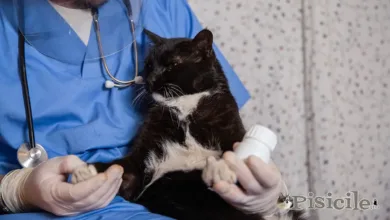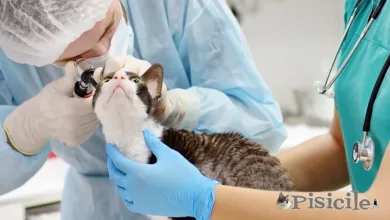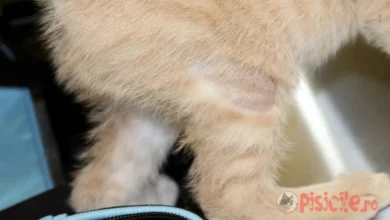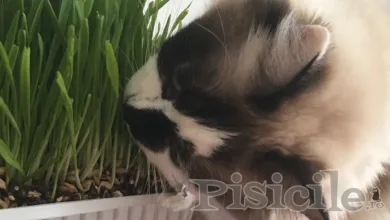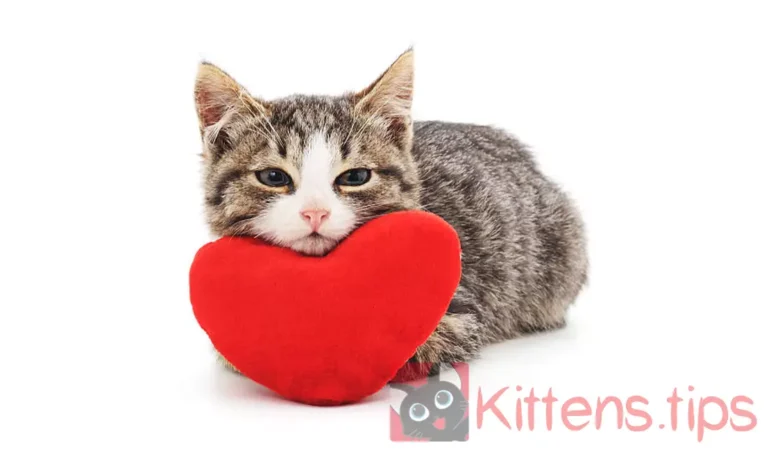
Hypertrophic cardiomyopathy (HCM) in cats is one of the most common health problems encountered especially in breeds Maine Coon and Ragdoll. However, many cases of hypertrophic cardiomyopathy are also reported in cat breeds Sphynx and British Shorthair.
Most of the time, the owners find out that the cat is suffering from this disease when it is too late, as it happened in our case with a 2 year and 6 month old mixed Ragdoll cat that died suddenly.
Let's see what hypertrophic cardiomyopathy (HCM) means in cats, what are the causes, symptoms and how it can be treated.
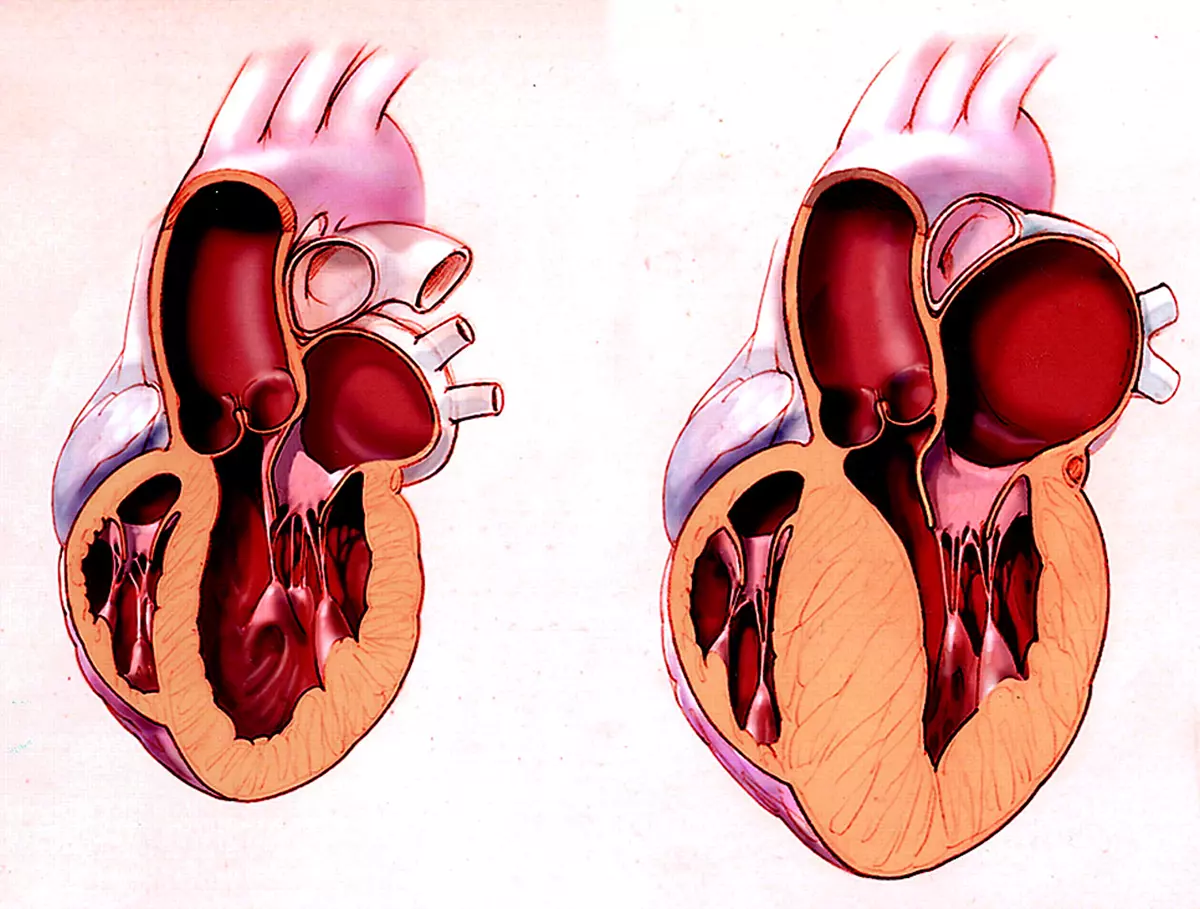
Subject
What is hypertrophic cardiomyopathy (HCM) in cats?
As can be seen in the image above, on the right is a heart with thickened heart walls, which automatically leads to narrowing of the chambers. Practically, the left ventricle can no longer fill properly with blood because thickening of the cardiac walls. This abnormality is called hypertrophic cardiomyopathy.
Causes of hypertrophic cardiomyopathy
The causes of this heart disease are not established, but it seems to have a strong genetic character, with a high probability of hereditary transmission.
Prone to hypertrophic cardiomyopathy are Ragdoll cats, Norwegian Forest Cat, Sphynx, Persian, Maine Coon and British Shorthair. Most cases are registered among cats of the Ragdoll breed.
How is hypertrophic cardiomyopathy manifested? symptom
As I mentioned at the beginning of this article, often the owners do not realize that the cat can suffer from this disease until it is too late. Cats have a very good ability to hide their health problems. Generally, if a cat has a condition, it will avoid certain movements or actions.
In cats suffering from hypertrophic cardiomyopathy, symptoms such as dyspnoea (difficult breathing), low resistance to physical exertion, rapid open-mouth breathing with moderate exertion or even paralysis / paresis of the limbs can be observed. Paralysis of the limbs is the result of thrombi (blood clots) formed in the heart, which end up moving and blocking some arteries.
How do we know if a cat has hypertrophic cardiomyopathy?
The safest is a thorough medical check, in which the veterinarian will carry out the specific investigations. ECG / EKG (electrocardiogram) can determine if there are abnormalities of the heart, and echocardiography (ultrasound of the heart) can provide information about the thickness of the left ventricular wall and specific changes in the heart associated with this disease.
You can tell that something is wrong with your cat if you see it he gets tired very quickly, It is lethargic, he breathes with his mouth open and has a abnormally fast breathing at moderate efforts.
Treatment for hypertrophic cardiomyopathy (HCM) in cats
Unfortunately, there is no cure which to eliminate hypertrophic cardiomyopathy (HCM) in cats, but only therapies to reduce symptoms and support quality of life.
oxygen therapy (technique designed to compensate for the lack of oxygen in the blood) helps a lot to support the respiratory muscles, avoiding hypoventilation (lack of oxygen).
Your veterinarian will determine the correct medication and therapy for this cat heart disease.
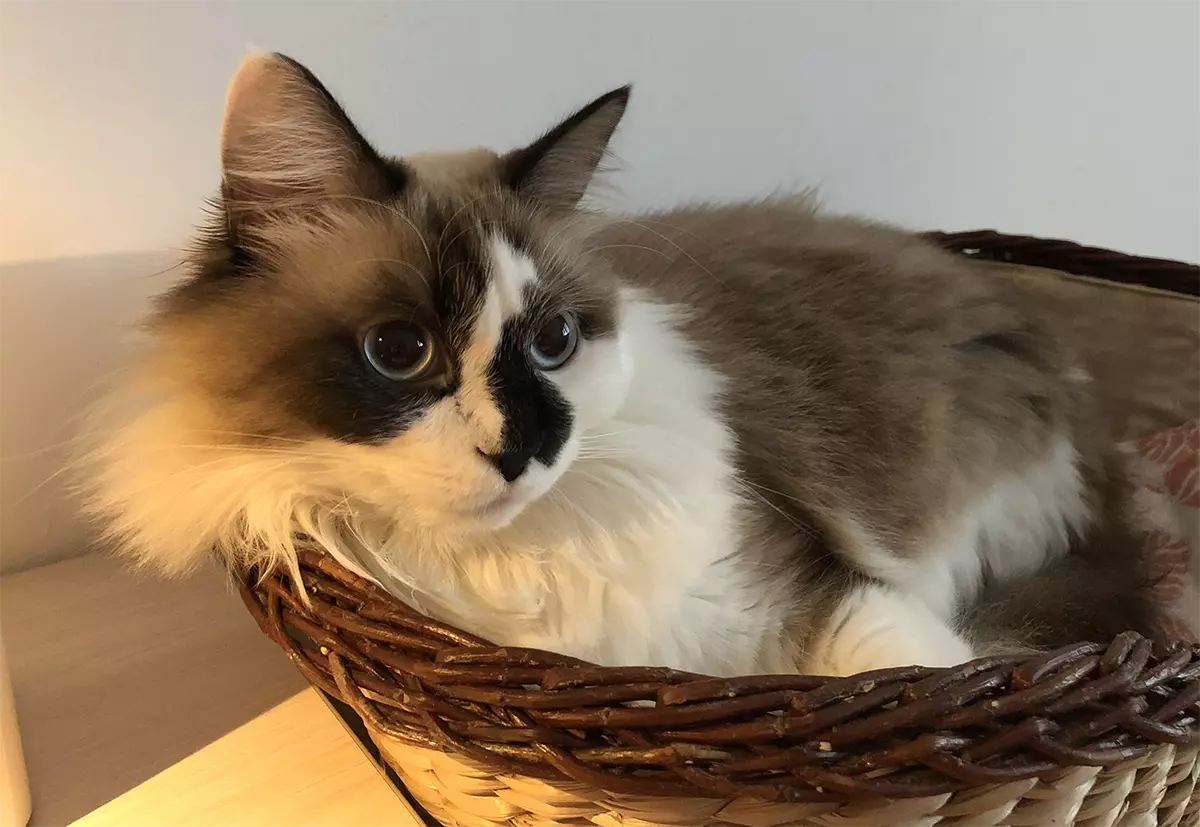
Importantly, once the cat has been diagnosed with this condition, vet check-ups should be frequent and the cat should be kept free from exercise. Playing with other cats can be fatal for cats with HCM.
